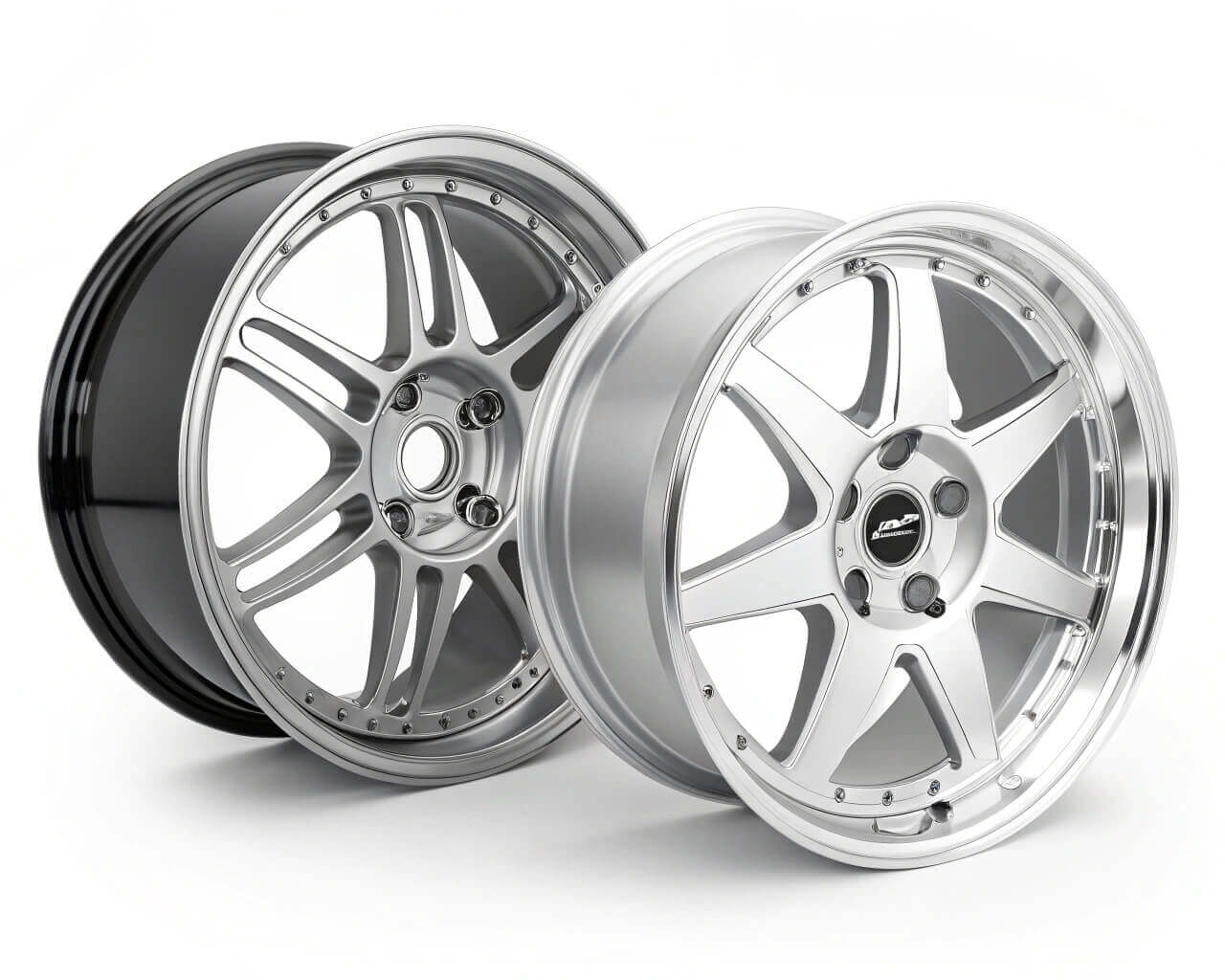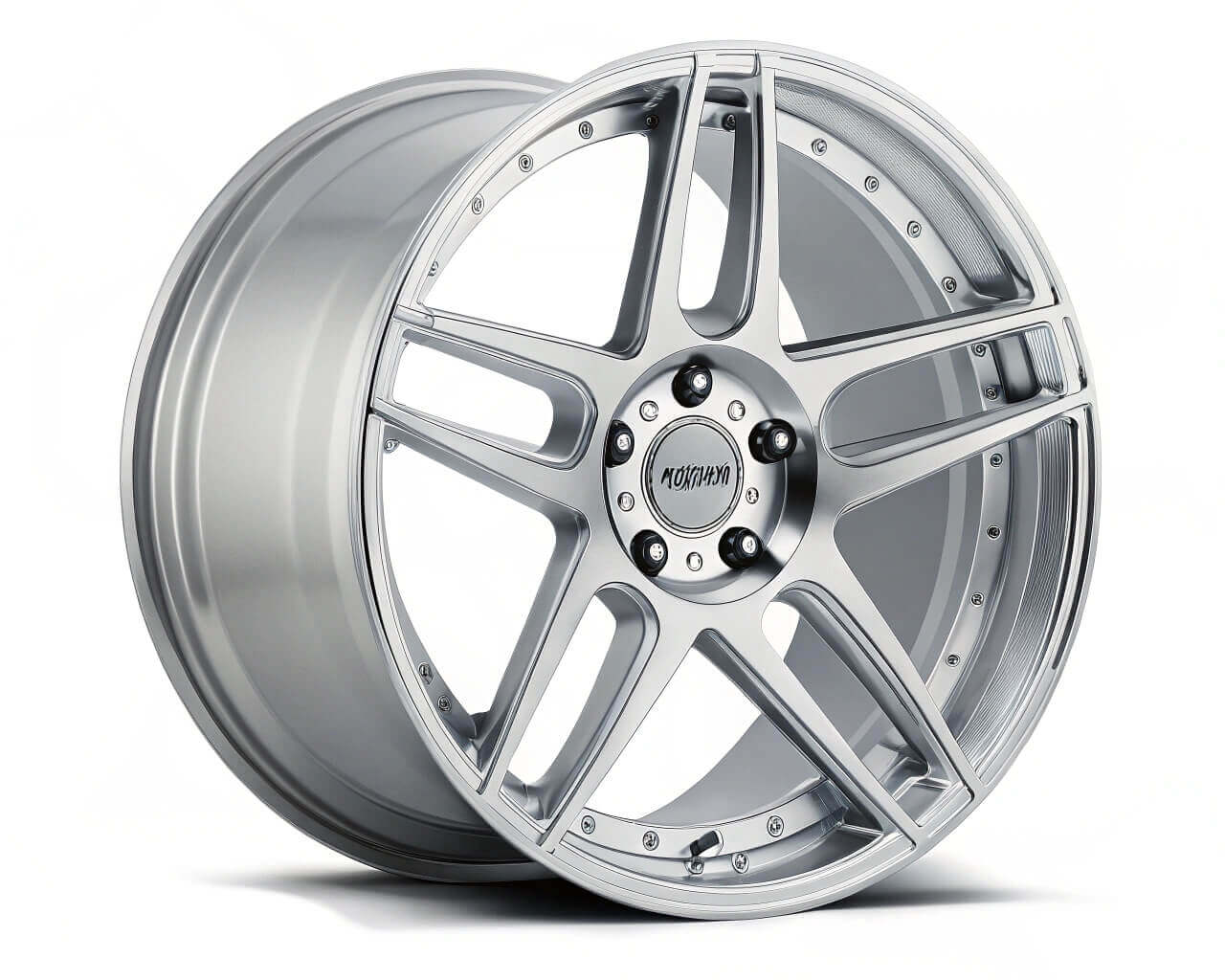Steel or alloy rims can change how a car feels, looks, and lasts. Choosing wrong costs money and time.
Steel rims are durable and affordable, but alloy rims are lighter, stylish, and improve performance. The best choice depends on how and where you drive.
Steel and alloy rims each have strengths. One works better for heavy-duty jobs. The other works better for style and daily driving. Let’s see what fits you.
Is it better to have steel or alloy wheels?
Rims can make or break a car’s performance. The wrong choice hurts comfort, safety, and budget.
Steel wheels are best for durability and low cost, while alloy wheels are best for performance, fuel economy, and design.
Diving deeper: steel vs alloy use cases
Steel wheels are heavy, but that weight makes them strong. They bend instead of cracking, and repair is easy. They are common in trucks, construction vehicles, and winter setups. Alloy wheels are made of aluminum and other elements. They are light, so they improve acceleration, braking, and fuel use. They resist corrosion and come in many designs. They are better for cars that run on city roads and highways.
| Feature | Steel Wheels | Alloy Wheels |
|---|---|---|
| Durability | Very strong, bend not crack | Strong, but can crack on impact |
| Weight | Heavy, reduces efficiency | Light, improves performance |
| Cost | Affordable | More expensive |
| Design | Limited styles | Many modern designs |
| Best Use | Off-road, construction | Daily driving, aesthetics |
What are the disadvantages of steel rims?
Steel wheels look practical, but they do not work for every car.
Steel rims are heavy, prone to rust, and offer fewer design choices, which can reduce performance and style.
Diving deeper: limits of steel rims
The first drawback is weight. A heavier rim means slower acceleration and less fuel efficiency. On long trips, the difference adds up. The second drawback is rust. In wet or salty climates, steel wheels corrode faster if not coated well. Third, steel rims have limited sizes and styles. Most are simple black or silver. For drivers who want a sporty or modern look, steel does not fit. Despite these downsides, steel wheels shine when cost, strength, and ease of repair matter most.
| Drawback | Impact on Driver |
|---|---|
| Heavy weight | Slower speed and fuel economy |
| Rust potential | More maintenance and short life |
| Few designs | Limited style and personalization |
What is the best material for rims?
Car rims come in different materials. Each has its own pros and cons.
Alloy rims are usually the best for daily drivers, while steel rims are best for tough use and budget-conscious buyers.
Diving deeper: choosing materials
Steel rims are made from pressed steel sheets. They are strong, affordable, and easy to repair. Alloy rims, made from aluminum or magnesium blends, are light and stylish. They improve driving dynamics and resist corrosion. For performance cars or people who value looks, alloy is the first choice. For trucks, construction vehicles, or anyone on a tight budget, steel is the best option. Some premium cars also use forged alloy rims. These are lighter and stronger but cost much more. The “best” rim material depends on the driver’s needs, climate, and budget.
| Rim Material | Pros | Cons |
|---|---|---|
| Steel | Cheap, durable, repairable | Heavy, rusts, plain design |
| Alloy | Light, stylish, corrosion-proof | Expensive, can crack |
| Forged Alloy | Lightest, strongest, premium | Very costly, hard to repair |
Are alloy rims worth it?
Many car owners wonder if alloy wheels justify the extra cost.
Yes, alloy rims are worth it for better performance, fuel savings, and style, but steel rims remain better for rough use and lower budgets.
Diving deeper: the value of alloy rims
Alloy wheels make cars easier to handle. Their lighter weight reduces strain on suspension and brakes. Drivers feel smoother acceleration and shorter braking distance. Over years of driving, fuel savings can balance the higher price. In terms of looks, alloy wheels come in countless styles, boosting car value and appeal. However, they are not perfect. Strong pothole hits can crack them, and repair is costly. This is why drivers in rural or rough-road areas may not find them worth it. But for city, highway, and appearance-conscious drivers, alloy rims are often the best investment.
| Benefit | Why It Matters |
|---|---|
| Lightweight | Improves handling and fuel economy |
| Corrosion-proof | Lasts longer in wet climates |
| Stylish designs | Boosts car appearance and resale |
| Downsides | Higher cost, cracks under heavy hits |
Conclusion
Steel is best for strength and low cost. Alloy is best for style and performance. The right rim depends on your driving needs.
My Role
I am a professional manufacturer of automotive pre-sale and after-sale products. My products include automotive masking film, plastic car seat covers, automotive OEM plastic seat covers, plastic car jackets, paper foot mats, automotive wing mats, and wool car foot mats. I have a raw material selection department and I strictly control the quality of materials. I never use recycled waste in production. Recycled waste harms the environment and health. I follow the spirit of craftsmanship and focus on high quality. For the same quality, I offer the best price. I am experienced in exporting and I help customers avoid risks to save time and cost. I have skilled production staff and many production lines, so I can handle large orders.







